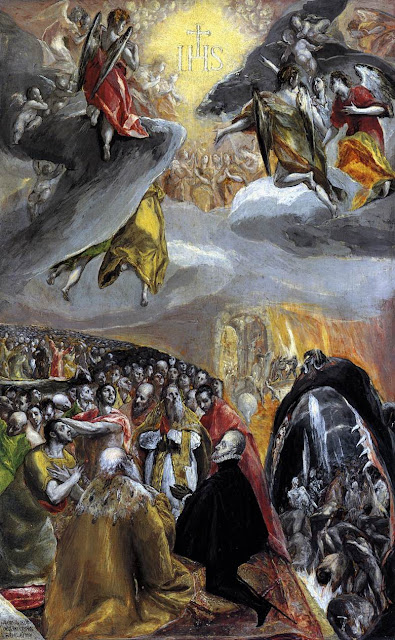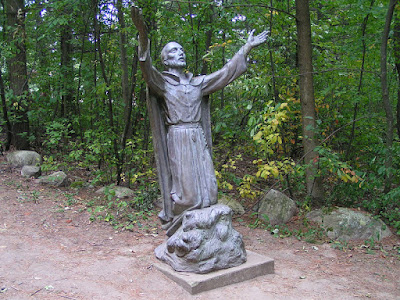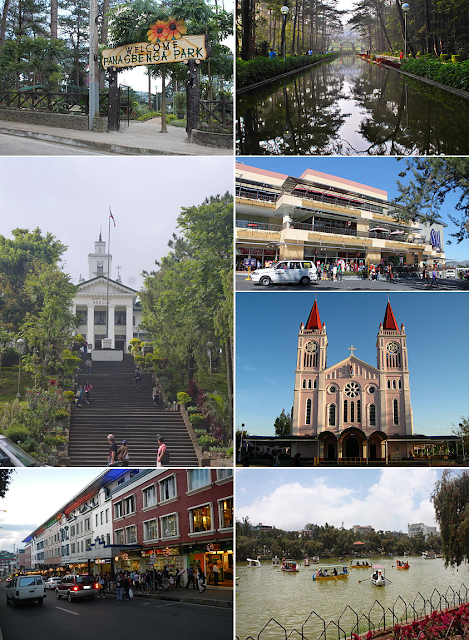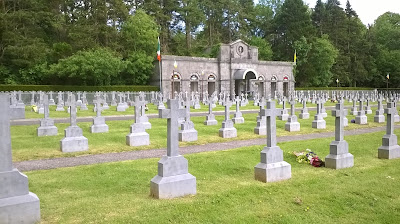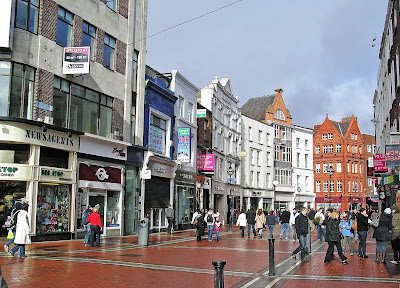‘And they knelt down and paid him homage.’ Sunday Reflections. The Epiphany
The Adoration of the Magi, Velázquez, 1619
Museo del Prado, Madrid [Web Gallery of Art]
Readings for the Solemnity of the Epiphany
Readings (New American Bible: Philippines, USA)
Readings (Jerusalem Bible: Australia, England & Wales, India [optional], Ireland, New Zealand, Pakistan, Scotland, South Africa)
The readings above are used both at the Vigil Mass and at the Mass during the Day. Each Mass has its own set of prayers and antiphons.
In countries where the Epiphany is observed as a Holyday of Obligation on 6 January, eg, Ireland, the Mass of the Second Sunday after the Nativity is celebrated. The same readings are used in Years A, B, C:
Readings (Jerusalem Bible)
Alleluia and Gospel for the Epiphany
Alleluia, alleluia!
Vidimus stellam eius in Oriente,
We have seen his star in the East,
et venimus cum muneribus adorare Dominum.
and have come with gifts to adore the Lord.
Alleluia, alleluia!
The same text (cf. Matthew 2:2), without ‘Alleluia, alleluia,’ is used as the Communion Antiphon at the Mass during the Day.
Gospel Matthew 2:1-12 (New Revised Standard Version, Catholic Edition, Canada)
In the time of King Herod, after Jesus was born in Bethlehem of Judea, wise men from the East came to Jerusalem, asking, “Where is the child who has been born king of the Jews? For we observed his star at its rising, and have come to pay him homage.” When King Herod heard this, he was frightened, and all Jerusalem with him; and calling together all the chief priests and scribes of the people, he inquired of them where the Messiah was to be born. They told him, “In Bethlehem of Judea; for so it has been written by the prophet:
‘And you, Bethlehem, in the land of Judah,
are by no means least among the rulers of Judah;
for from you shall come a ruler
who is to shepherd my people Israel.’”
Then Herod secretly called for the wise men and learned from them the exact time when the star had appeared. Then he sent them to Bethlehem, saying, “Go and search diligently for the child; and when you have found him, bring me word so that I may also go and pay him homage.” When they had heard the king, they set out; and there, ahead of them, went the star that they had seen at its rising, until it stopped over the place where the child was. When they saw that the star had stopped, they were overwhelmed with joy. On entering the house, they saw the child with Mary his mother; and they knelt down and paid him homage. Then, opening their treasure chests, they offered him gifts of gold, frankincense, and myrrh. And having been warned in a dream not to return to Herod, they left for their own country by another road.
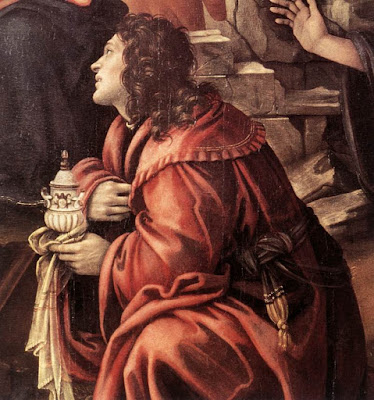
Adoration of the Magi (detail), Filippino Lipi, 1496
Galleria degli Uffizi, Florence [Web Gallery of Art]
While based in Britain from 2000 till 2002 I was able to spend Christmas with my brother and his family in Dublin, a short flight from England, in 2000 and 2001. During the holiday in 2001 I saw a documentary on RTÉ, Ireland’s national broadcasting service, about Filipino nurses in Ireland. These began to arrive in 2000, initially at the invitation of the Irish government to work in government hospitals. Very quickly there was an ‘invasion’ of Filipino nurses and carers, now to be found in hospitals and nursing homes in every part of the country.
One of the nurses interviewed told how many Filipinos, knowing that the Irish celebrate Christmas on the 25th, unlike the Philippines where the culmination of the feast is on the night of the 24th, offered to work on Christmas Day so that their Irish companions could be with their families. This also helped to dull the pain of being away from their own families.
I was moved to tears at the testimony of one nurse, from Mindanao as I recall, speaking about her job and her first Christmas in Ireland in 2000. She spoke very highly of her employers, of her working conditions and of her accommodation, which she compared with that of the Holy Family on the first Christmas night. She spoke of Jesus, Mary and Joseph in this situation as if they were members of her own family, as in a very deep sense they are, or we of their family.
Here was a young woman from the East powerfully proclaiming, without being aware of it, that the Word became flesh and lived among us. The fact that she wasn’t aware of it, that she was speaking about her ‘next door neighbours’, made her proclamation of faith all the more powerful. She would have known many in her own place, and very likely knew from her own experience, something of what Joseph and Mary went through in Bethlehem. Her faith in the Word who became flesh and lived among us wasn’t something in her head but part of her very being.
For much of the last century thousands of Catholic priests, religious Sisters and Brothers left Europe and North America to preach and live the Gospel in the nations of Africa, Asia and South America. Some of the countries and regions from which they left, eg, Belgium, the Netherlands, Ireland, Quebec, have to a great extent lost or even rejected the Catholic Christian faith. The Jewish people had, in faith, awaited the coming of the Messiah for many centuries. But when He came it was uneducated shepherds who first recognised him and later Simeon and Anna, two devout and elderly Jews who spent lengthy periods in prayer in the Temple.
Today’s feast highlights wise men from the east, not ‘believers’ in the Jewish sense, led by God’s special grace to Bethlehem to bring gifts in response to that grace, explaining, We . . . have come to pay him homage.They reveal to us that God calls people from every part of the world to do the same and to bring others with them.
Will nurses from the Philippines and from Kerala in India, migrants from Korea and Vietnam, from the east, bring the gift of faith in Jesus Christ once again to the many people in Western Europe and North America who no longer know him in any real sense? Will they by the lives they lead as working immigrants gently invite those in the West who have lost the precious gift of our Catholic Christian faith to once again come to pay him homage?
An arrangement by John Rutter of the old carol



